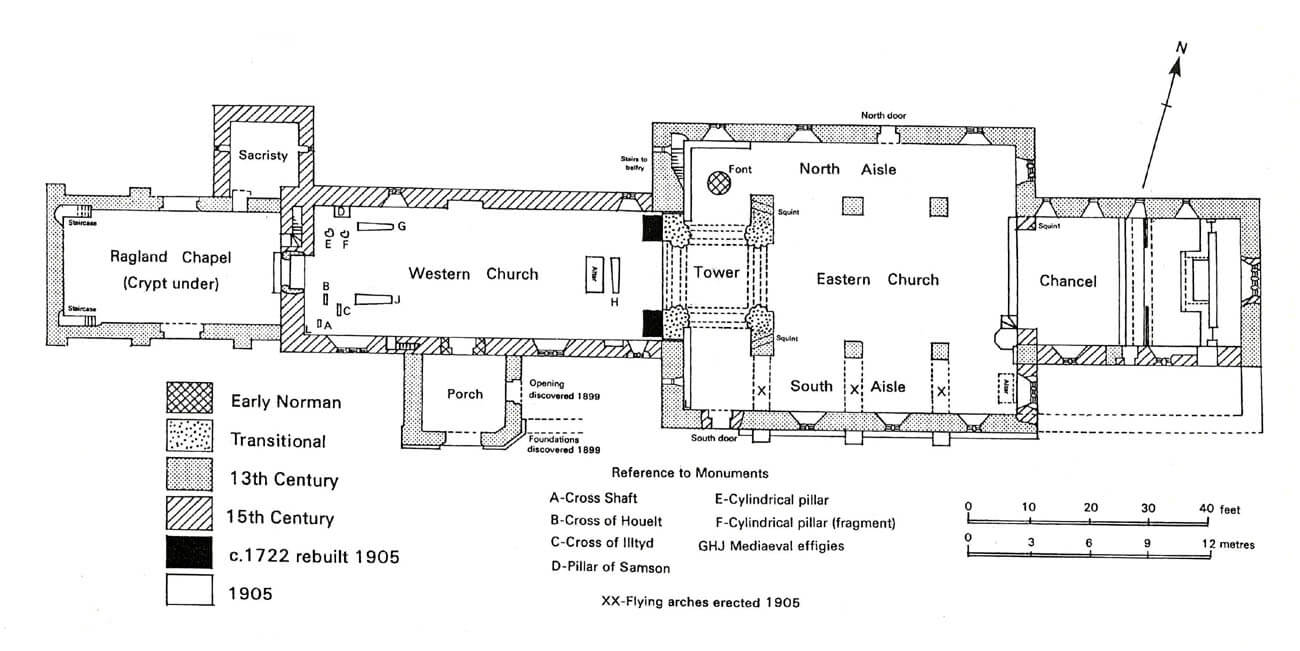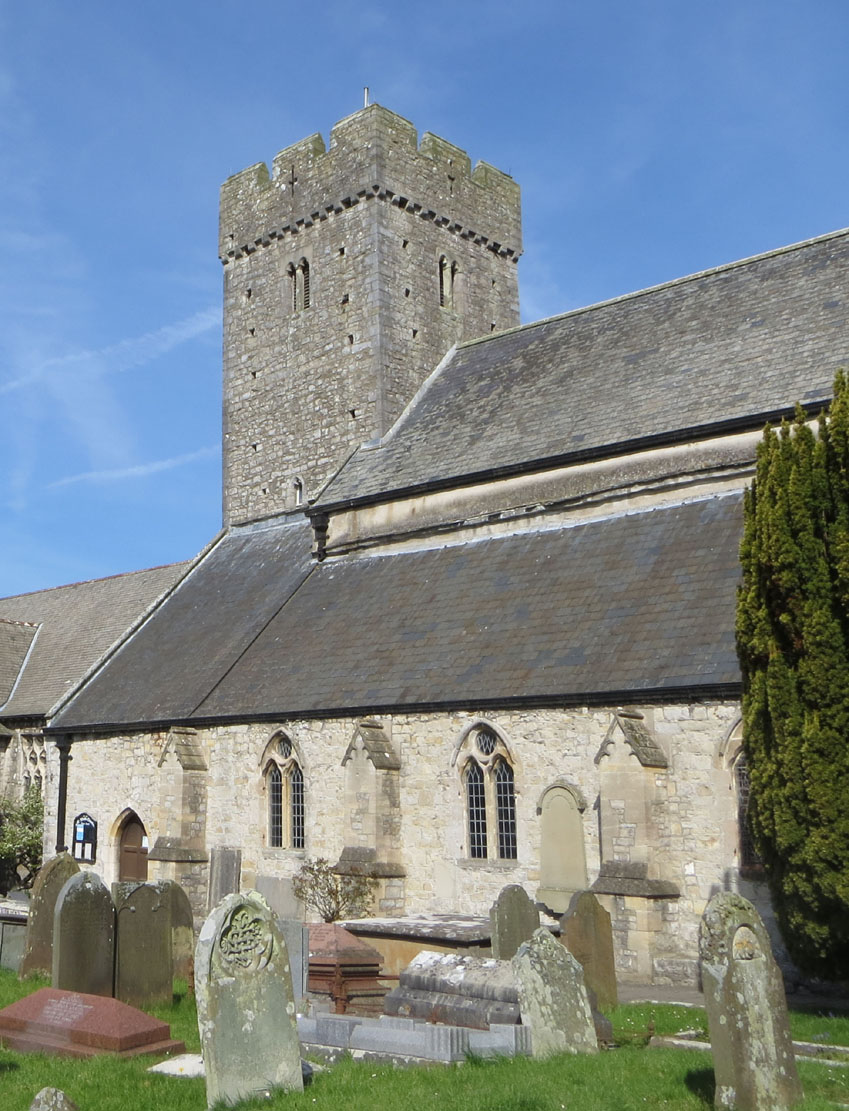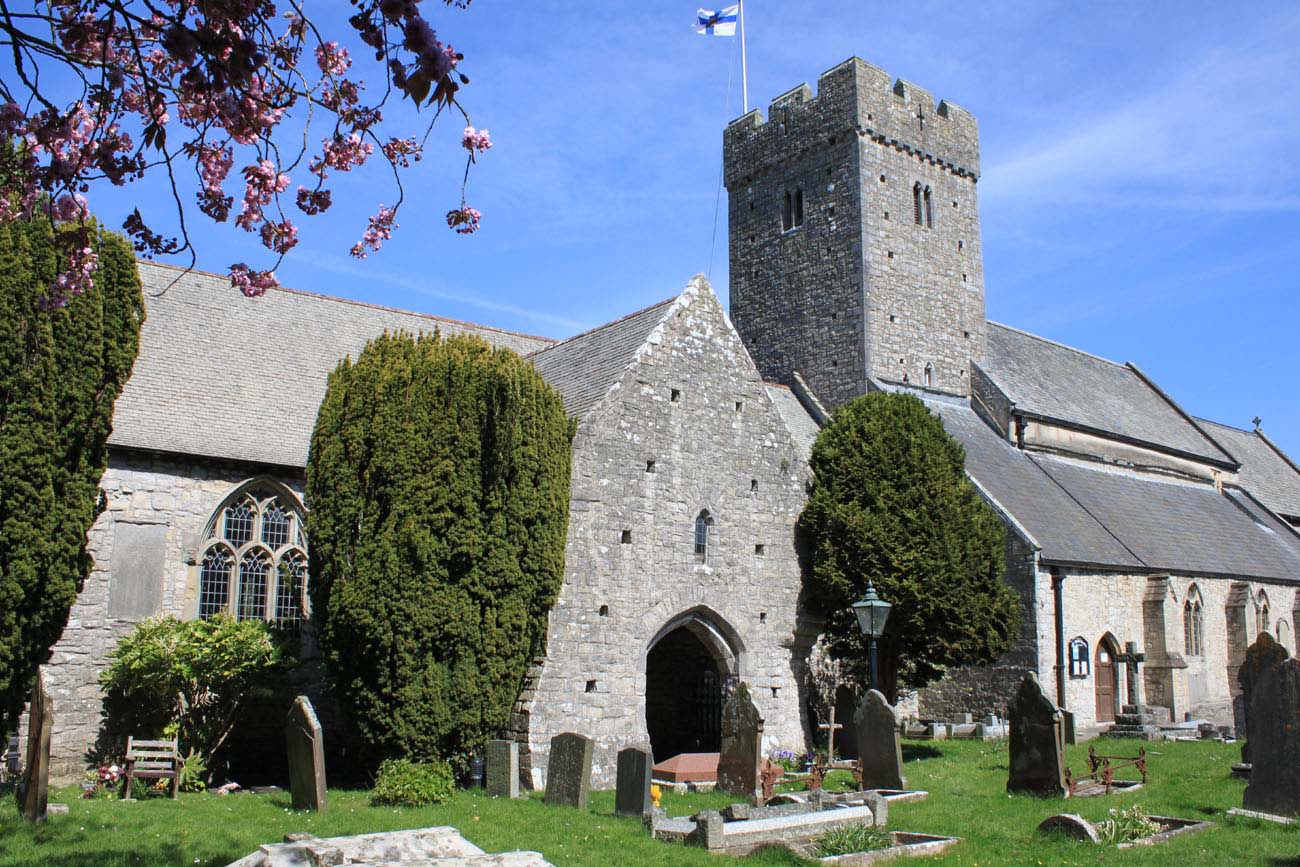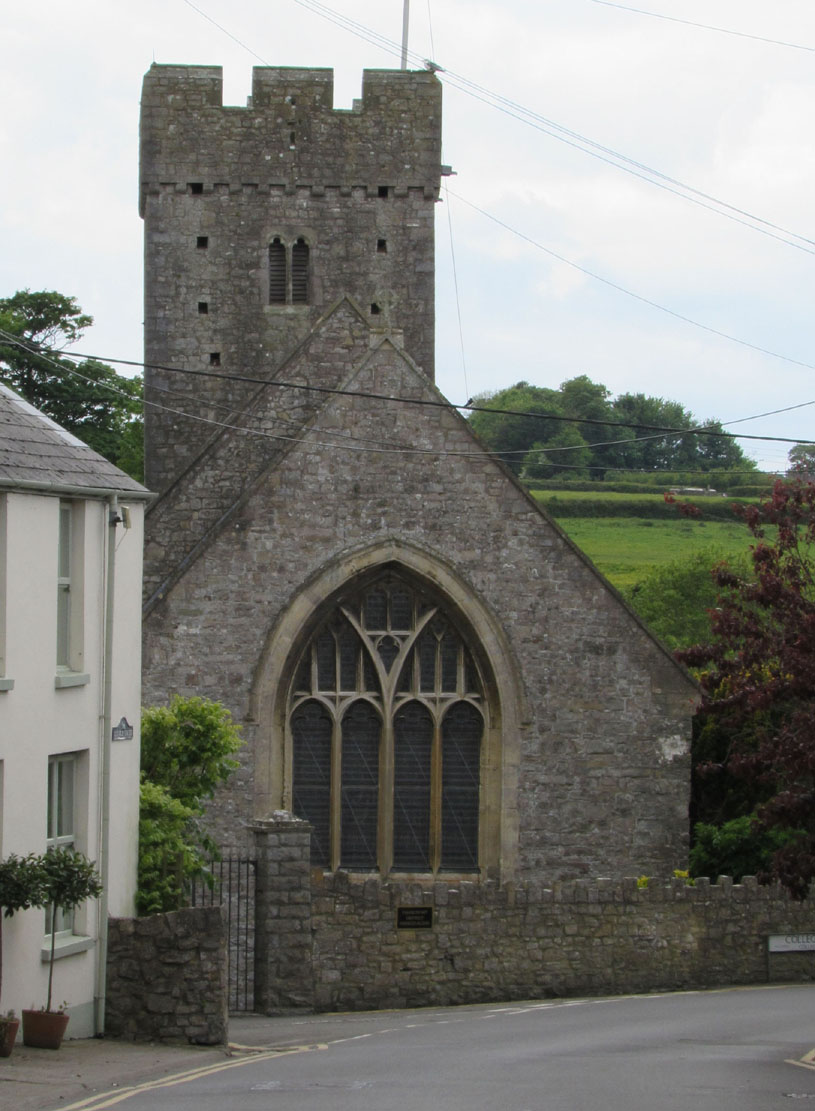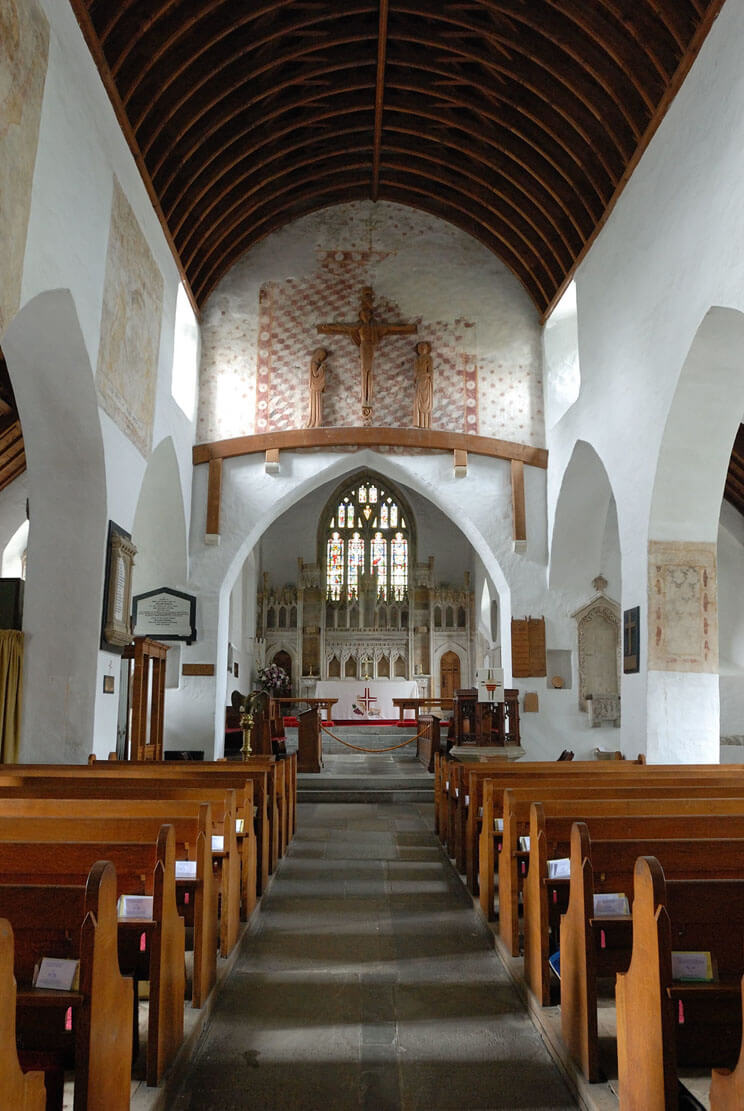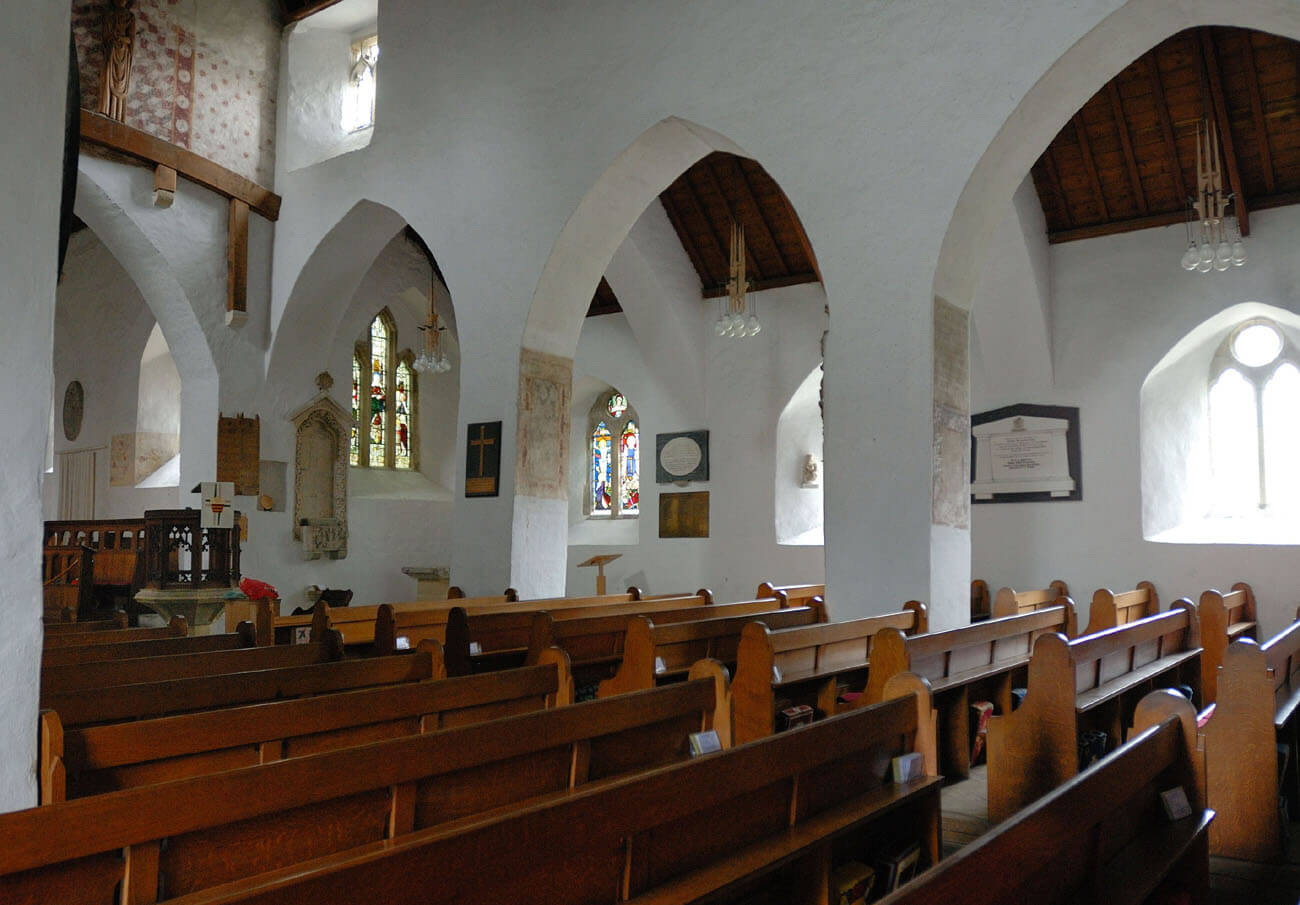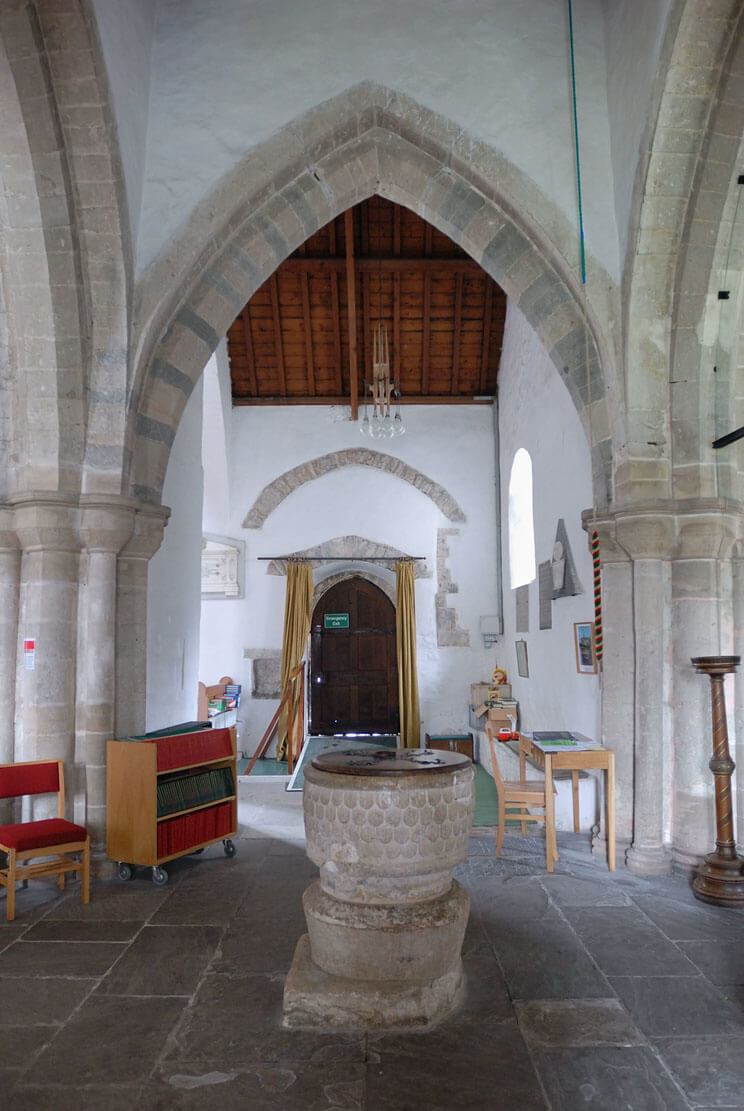History
The origins of the church in Llantwit Major supposedly date back to 395 when a college of priests called Cor Tewdws was to be built here. About 446 it was invaded and burned by Irish pirates. In the 6th century, Saint Illtyd (Illtud) settled in Llantwit during his journey through the western and southern coasts of Wales. He founded or reactivated the school and church, which is now considered the oldest teaching center in Britain. From here, his priests founded temples on his behalf throughout southern Wales and England. According to tradition, many Celtic saints studied in the college, including Saint David, Saint Samson, Saint Paul Aurelian, Saint Tudwal, Saint Baglan and king Maelgwn Gwynedd. Apparently, the school had seven rooms and over 2,000 students. With more reliable information, it is known that in 987, the Danes attacked Llantwit. However, the school continued to function until the Norman invasion in the 11th century. Robert Fitzhamon occupied the area, and the timber college and church were destroyed during the conquest. Eventually, around 1100, the Normans rebuilt the parish church on the ruins of an old college, but the school lost its importance and size.
In the 13th century, the church underwent a major expansion: a tower was added and a second building on the eastern side, which was used by the monastic community. From then on, the old church served only as a parish temple. Further extensions were carried out at the beginning of the 15th century on the initiative of Hugh Raglan, who, among other things, erected a family chapel on the west side.
In the 16th century, during the Reformation, the monastic community was dissolved and the eastern chapel was taken over by the parish church. The medieval monastery grange fell into disrepair, and many wall paintings and statues were destroyed. The western chapel ceased to be used and served mainly as a treasury or warehouse, and eventually fell into disrepair and was rebuilt only in 2013. The remaining parts of the church were renovated in the 20th century.
Architecture
The original parish church from the beginning of the 12th century consisted only of a rectangular nave 12 meters long (today’s Western Church) with a porch added in the 13th century on the south side and a new entrance portal located on the west at the same time. In an unknown period, a small chapel was added to the eastern side of the porch.
During the works from the beginning of the 13th century, the church was also expanded by adding a quadrilateral tower, atypically situated on the eastern side, to which other buildings of the presbytery part of the church, built on a rectangular plan and used by the monastic community were attached, also from the east. The tower was probably flanked by a short transepts, which at the end of the 13th century was absorbed by the side aisles of the pseudo-basilica nave, ending in the east with a rectangular chancel, to which a narrow chapel or sacristy was added from the south. The nave had four bays in length, separated into three aisles by four-sided pillars.
At the beginning of the 15th century, the roof of the nave and the tower were raised. The church was also equipped with a new roof truss made of Irish bog oak and decorated with many paintings and sculptures. On the west side of the church, a new chapel was founded, called the Galilee or Raglan Chapel, built on a short rectangular plan, adjacent to the north with a two-story sacristy, in which stairs were placed in the southern wall. The stairs were also located in the two western corners of the chapel, from where they led to the gallery. During the late-Gothic reconstruction, the windows of the parish church (Western Church) were replaced.
Current state
St. Illtyd’s church is one of the oldest and best-known parish churches in Wales. It is a building of special significance both due to its history, architecture and the state of preservation. In the church there is also a unique collection of carved stones, celtic gravestones and crosses from the 9th-10th centuries.
bibliography:
Salter M., The old parish churches of Gwent, Glamorgan & Gower, Malvern 2002.
Wooding J., Yates N., A Guide to the churches and chapels of Wales, Cardiff 2011.
Website wikipedia.org, St Illtyd’s Church, Llantwit Major.

